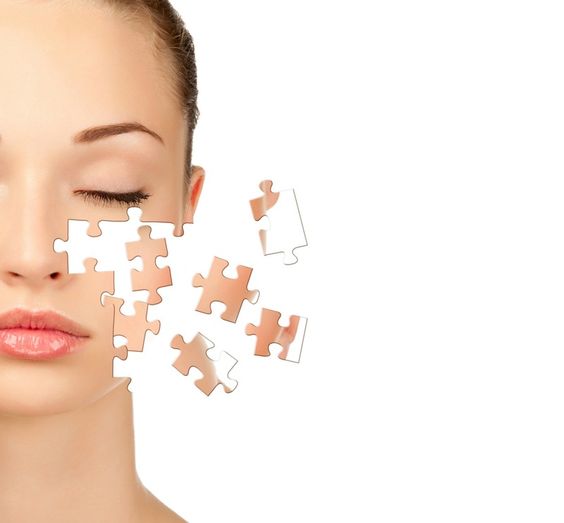Introduction
Most of us love a sunny day, but many don't realize the sun's rays can cause lasting damage to our skin. Ultraviolet (UV) radiation, a component of sunlight, is a known culprit behind various skin concerns, from premature aging to an increased risk of skin cancer.

UV damage manifests in many ways, including wrinkles, fine lines, age spots, and a leathery texture. Recognizing the signs of sun damage is crucial for taking preventive measures and seeking appropriate treatments. The good news is that we have a variety of ways to repair existing damage and restore your skin's health.
Understanding UV Damage
The sun emits different types of UV rays, but UVA and UVB rays are the primary culprits behind skin damage. UVA rays penetrate deep into the skin, breaking down collagen and elastin, the proteins responsible for your skin's strength and elasticity. This process leads to wrinkles, sagging, and a loss of firmness. On the other hand, UVB rays primarily affect the surface layers of your skin, causing sunburns, tanning, and contributing to the development of skin cancer.
Repairing and Restoring Your Skin
-
Topical Retinoids: Derived from Vitamin A, retinoids are powerful antioxidants that encourage cell turnover, promote collagen production, and help diminish the appearance of wrinkles, fine lines, and age spots.
-
Chemical Peels: These treatments involve the application of a chemical solution to the skin, which helps to exfoliate the damaged outer layers. By removing these layers, chemical peels can minimize the appearance of fine lines, wrinkles, and uneven skin tone.
-
Laser Resurfacing: This procedure utilizes focused beams of light to remove damaged skin layers and stimulate collagen production. Laser resurfacing is particularly effective in addressing deeper wrinkles, acne scars, and uneven pigmentation.
-
Intense Pulsed Light (IPL) Therapy: IPL therapy targets and reduces unwanted pigmentation, such as sunspots and age spots. It also stimulates collagen production, which can improve skin texture and reduce fine lines.
Protecting Your Skin from Future Damage
-
Sunscreen: Daily application of a broad-spectrum sunscreen with an SPF of 30 or higher is crucial in shielding your skin from both UVA and UVB rays.
-
Protective Clothing: Wearing protective clothing, such as wide-brimmed hats, sunglasses, and long-sleeved shirts, provides an additional barrier against harmful UV rays, especially during peak sun hours.
-
Seek Shade: Limiting your sun exposure, especially between 10 am and 4 pm when the sun's rays are strongest, minimizes your risk of sun damage.
-
Regular Skin Checks: Performing monthly self-examinations of your skin and scheduling regular check-ups with a dermatologist can help detect any potential skin cancer risks early.
By adopting these preventative measures and considering the treatment options mentioned above, you can help repair existing sun damage and maintain healthy, radiant skin for years to come.





